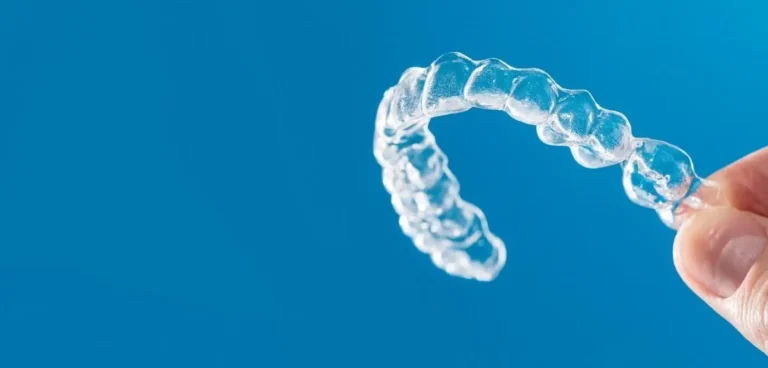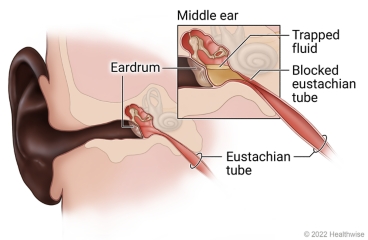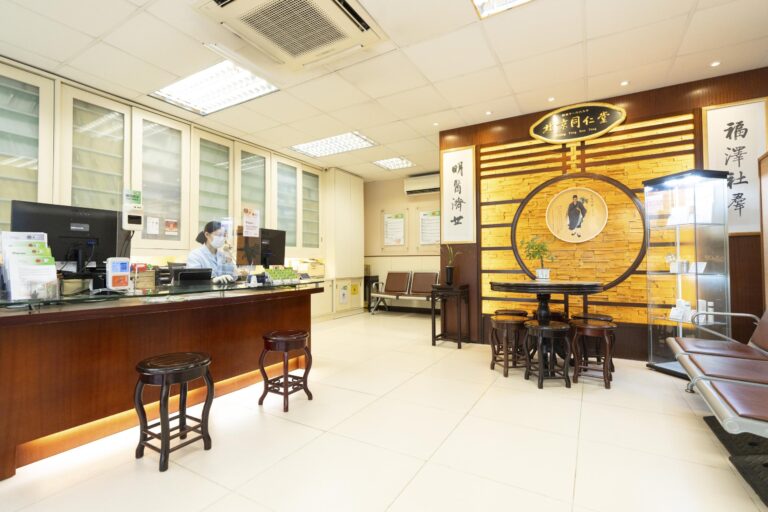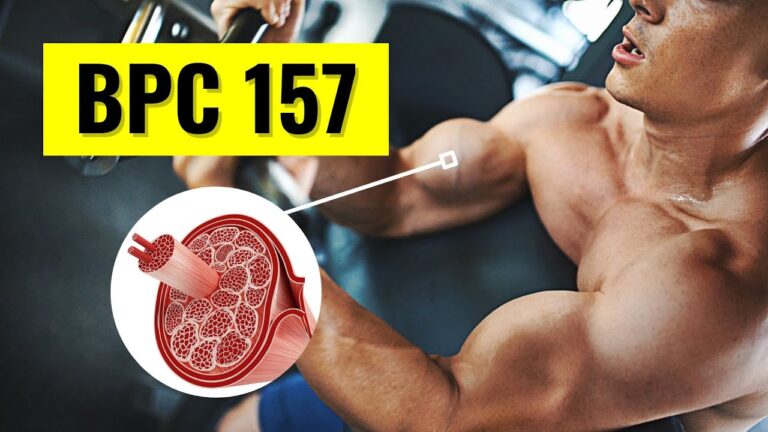Locked Jaw Treatment: Common Triggers and Professional Methods to Restore Jaw Movement

Experiencing a locked jaw can be alarming, causing sudden difficulty in opening or closing the mouth and restricting everyday activities like eating or speaking. Prompt attention and effective management are crucial to prevent further complications. A Locked Jaw Treatment specialist offers professional assessment and treatment strategies to restore jaw mobility, relieve pain, and address the underlying causes of this condition.
A locked jaw, also known as jaw trismus, can arise from several factors that affect the temporomandibular joint (TMJ) or surrounding muscles. Understanding the triggers is essential for effective management and long-term prevention.
Common Triggers of a Locked Jaw
Various conditions and lifestyle factors can lead to sudden or chronic jaw locking. Common triggers include:
- Temporomandibular Joint Disorders (TMD): Dysfunction of the TMJ can restrict movement and cause pain.
- Jaw Muscle Spasms: Overuse, clenching, or stress-induced tension can result in temporary jaw locking.
- Arthritis: Degeneration or inflammation of the jaw joint can limit mobility.
- Dental Procedures: Certain dental treatments or prolonged mouth opening during procedures may lead to jaw stiffness.
- Injury or Trauma: Accidents or impact to the jaw can trigger locking or misalignment.
Identifying the specific cause is the first step in determining the most effective treatment strategy.
Symptoms of a Locked Jaw
A locked jaw can present with various symptoms, including:
- Difficulty or inability to fully open or close the mouth.
- Pain or discomfort around the jaw, ear, or temple.
- Clicking, popping, or grinding sounds during jaw movement.
- Swelling or tenderness in the jaw muscles.
- Headaches or tension around the neck and shoulders.
Prompt recognition of these symptoms ensures timely professional intervention, preventing further joint or muscle damage.
Professional Methods for Locked Jaw Treatment
Treatment of a locked jaw depends on the severity and underlying cause. Specialists employ a combination of conservative, non-invasive, and advanced techniques.
1. Conservative Management
For mild cases, initial approaches often include:
- Jaw Exercises: Targeted stretching and mobility exercises improve joint function.
- Lifestyle Adjustments: Avoiding hard foods, chewing gum, or extreme jaw movements.
- Pain Management: Use of over-the-counter anti-inflammatory medications or prescribed analgesics.
- Hot and Cold Therapy: Alternating warm compresses and ice packs to reduce inflammation and relieve muscle tension.
These measures often alleviate symptoms and restore mobility in cases triggered by muscle tension or mild joint dysfunction.
2. Oral Appliances
Custom oral devices like splints or night guards may be recommended to reduce strain on the jaw, correct misalignment, and prevent teeth grinding that contributes to jaw locking.
3. Physical Therapy
Physical therapy techniques include:
- Guided jaw stretching exercises.
- Massage therapy for the jaw, neck, and shoulder muscles.
- Posture correction strategies to reduce TMJ strain.
Therapy is tailored to the patient’s condition and can improve mobility and reduce the likelihood of recurrence.
4. Advanced Interventions
Severe or persistent cases may require more intensive professional interventions:
- Trigger Point Injections or Botox: Relieve chronic muscle spasms.
- Joint Arthrocentesis: Minimally invasive procedure to remove inflammation from the TMJ.
- Surgical Options: Reserved for structural issues or unresponsive cases to restore joint function.
These approaches aim to address the root cause while restoring normal jaw movement.
Preventive Measures and Long-Term Care
Preventing future episodes of jaw locking involves lifestyle changes and self-care strategies:
- Avoid clenching or grinding teeth.
- Maintain good posture to reduce stress on the jaw and neck muscles.
- Follow recommended exercises and stretches to maintain jaw mobility.
- Seek early intervention for dental issues, TMJ discomfort, or facial trauma.
Regular check-ups with a specialist ensure that potential problems are identified and managed before they escalate.
Conclusion
A locked jaw can significantly disrupt daily life, causing pain, restricted movement, and discomfort. Professional Locked Jaw Treatment combines careful diagnosis with targeted interventions such as jaw exercises, oral appliances, physical therapy, and, when necessary, advanced procedures. By understanding the triggers, recognizing symptoms early, and seeking timely professional care, patients can restore jaw function, relieve pain, and prevent long-term complications associated with jaw locking.





